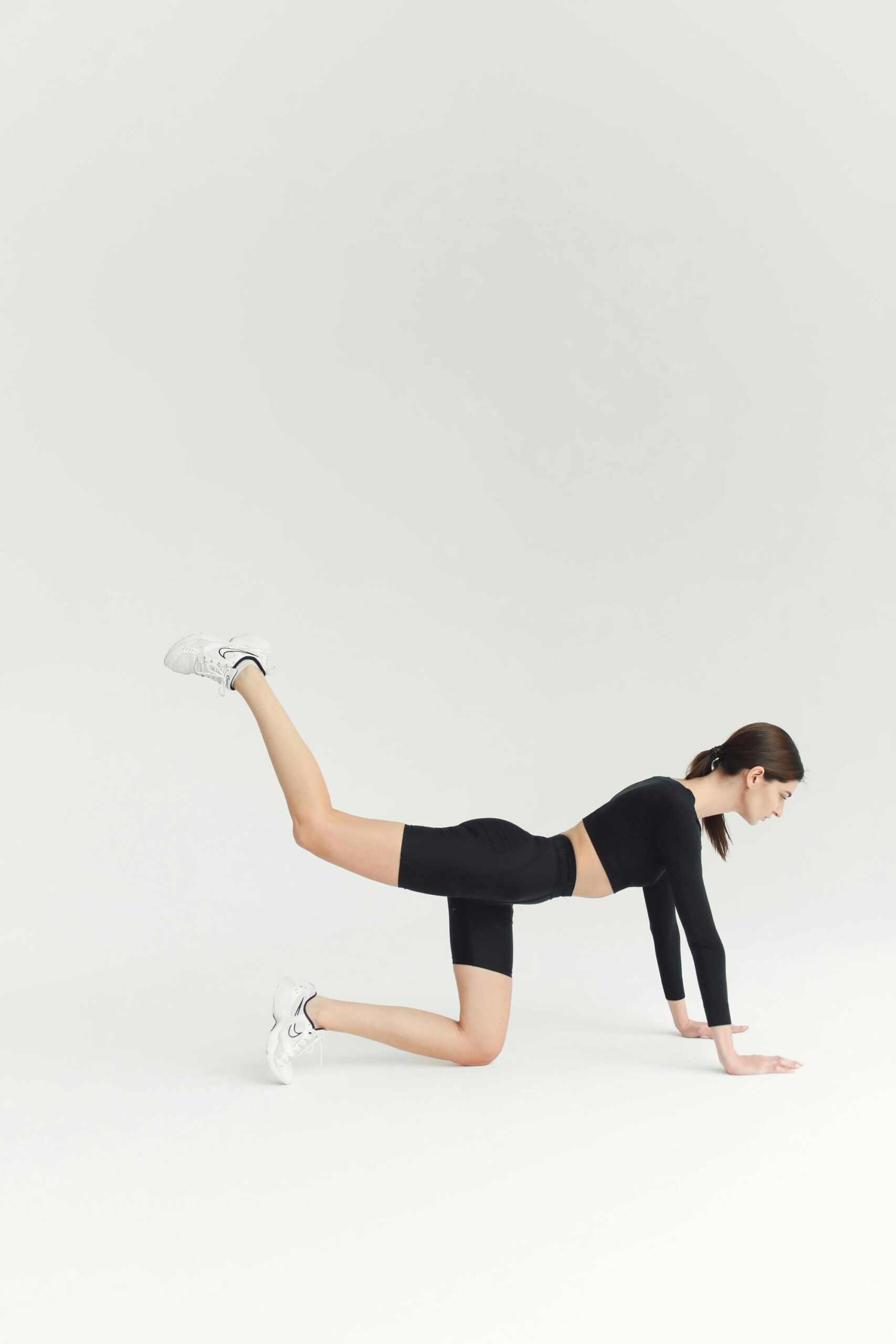The Rise of Bodyweight Training: A Modern Fitness Revolution
In an era where gym memberships and equipment-heavy workouts dominate the fitness landscape, **bodyweight training** has emerged as a timeless, accessible alternative. This method relies solely on the resistance of one’s own body to build strength, flexibility, and endurance. From push-ups and squats to advanced calisthenics movements like planches and muscle-ups, bodyweight exercises offer a scalable approach for beginners and elite athletes alike. Beyond its simplicity, this training style aligns with primal movement patterns, promoting functional fitness that translates to real-world activities. Whether due to limited space, budget constraints, or a desire for versatility, more people are turning to bodyweight routines. This article explores its foundational principles, physiological benefits, and practical strategies to maximize results—proving that sometimes, the best gym is the one you carry with you.
The Science Behind Bodyweight Training
Bodyweight exercises leverage **gravity and leverage** to create resistance, stimulating muscle growth and improving joint stability. Unlike machines that isolate muscles, compound movements like burpees or pull-ups engage multiple muscle groups simultaneously, enhancing neuromuscular coordination. Research shows that bodyweight training can increase **metabolic rate** as effectively as weightlifting, thanks to high-intensity intervals and eccentric contractions. Additionally, the focus on balance and proprioception strengthens stabilizer muscles, reducing injury risk in daily life. By manipulating variables like tempo, range of motion, and leverage (e.g., elevating feet for push-ups), individuals can progressively overload muscles without external weights—a principle critical for continuous adaptation.
Accessibility and Adaptability
One of bodyweight training’s greatest strengths is its **universal accessibility**. It requires no equipment, making it ideal for home workouts, travel, or outdoor settings. Beginners can start with modified versions (e.g., knee push-ups), while advanced practitioners incorporate dynamic moves like handstand push-ups. This adaptability extends to goals: hypertrophy can be achieved through high-volume circuits, while isometric holds (e.g., planks) build endurance. For rehabilitation, controlled movements like lunges improve mobility without straining joints. Unlike rigid gym routines, bodyweight workouts can be tailored to fit any schedule, proving that fitness is not confined to a specific location or toolset.
Designing an Effective Bodyweight Routine
Crafting a balanced routine requires understanding **movement patterns**: horizontal pushes/pulls (push-ups, rows), vertical pushes/pulls (handstands, pull-ups), lower-body exercises (squats, lunges), and core stabilization (planks, leg raises). A well-rounded program might include:
- **Strength-focused sessions**: 3-4 sets of 8-12 reps per exercise, emphasizing slow eccentrics.
- **Hybrid circuits**: Combine strength and cardio (e.g., burpees paired with mountain climbers).
- **Skill development**: Dedicate time to mastering advanced techniques like front levers.
Rest periods and exercise order also matter—pairing antagonistic movements (e.g., push-ups followed by rows) minimizes downtime. Consistency and progressive overload remain key, whether by increasing reps, reducing rest, or advancing exercise difficulty.
Overcoming Plateaus and Building Progression
Progress in bodyweight training hinges on **strategic variation**. When standard exercises become easy, athletes can:
- **Alter leverage**: Decline push-ups shift emphasis to the upper chest.
- **Add pauses**: Holding the bottom of a squat increases time under tension.
- **Incorporate unilateral movements**: Single-leg squats or one-arm push-ups challenge stability.
Periodization—cycling between phases of volume, intensity, and recovery—prevents stagnation. For example, a four-week cycle might focus on endurance (high reps), followed by a strength phase (low reps, advanced variations). Tracking progress through workout logs or apps ensures accountability and highlights areas for improvement.
The Mental and Lifestyle Benefits
Beyond physical gains, bodyweight training fosters **resilience and mindfulness**. Mastering difficult skills like a human flag demands patience and mental focus, translating to improved stress management. The convenience of workouts reduces barriers to consistency, reinforcing discipline. Moreover, outdoor calisthenics communities often emphasize camaraderie, blending fitness with social connection. For many, this approach redefines exercise as a sustainable lifestyle rather than a chore—a shift critical for long-term health.
A Final Word on Embracing Bodyweight Mastery
Bodyweight training is more than a trend—it’s a testament to human adaptability. By harnessing natural movement patterns, it builds functional strength, flexibility, and mental fortitude. Whether you’re a busy professional, a traveler, or someone seeking a cost-effective fitness solution, this method offers unparalleled versatility. From foundational exercises to elite skills, progression is limited only by creativity and effort. As you refine your routine, remember that consistency and intelligent programming trump complexity. In the end, the greatest tool for transformation isn’t found in a gym; it’s the body you inhabit every day.
